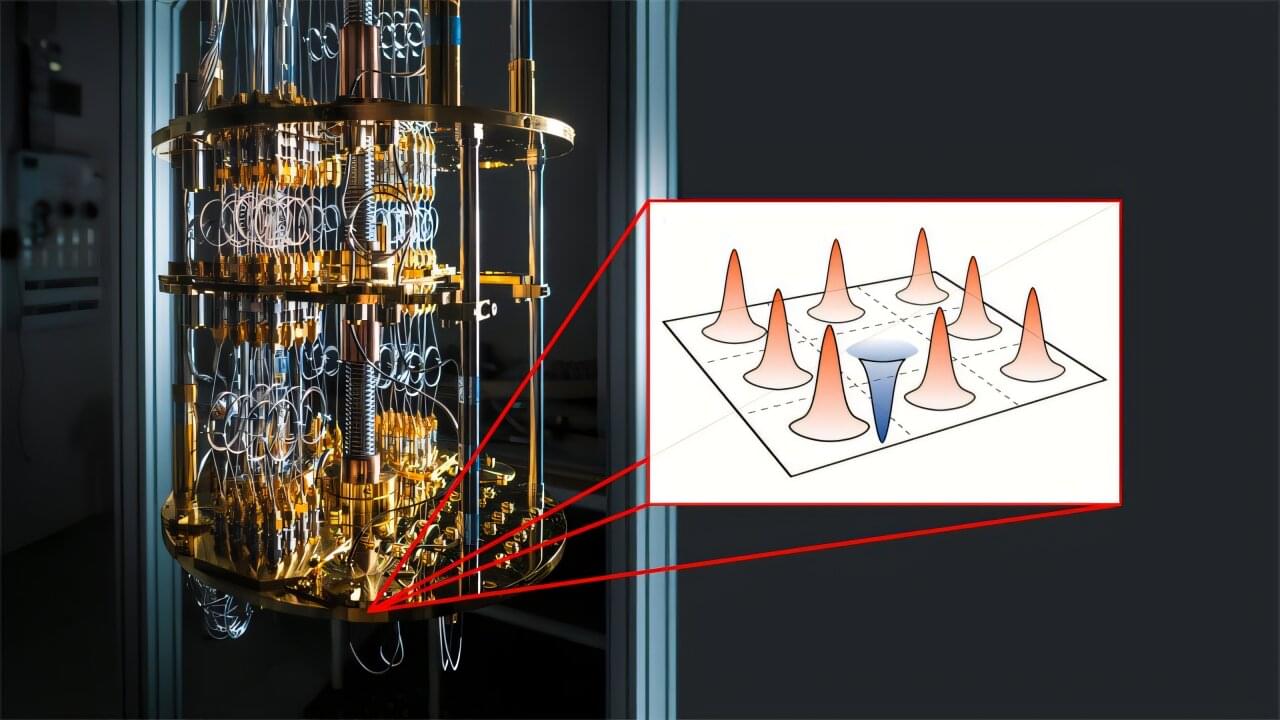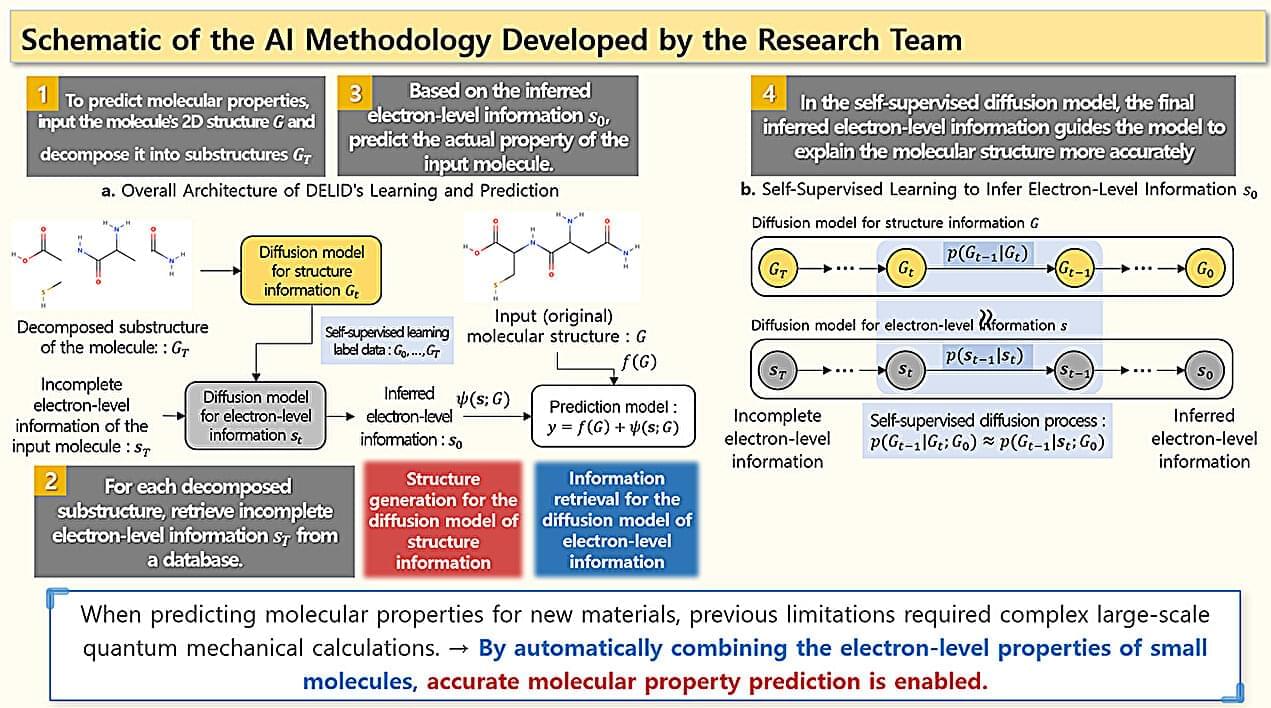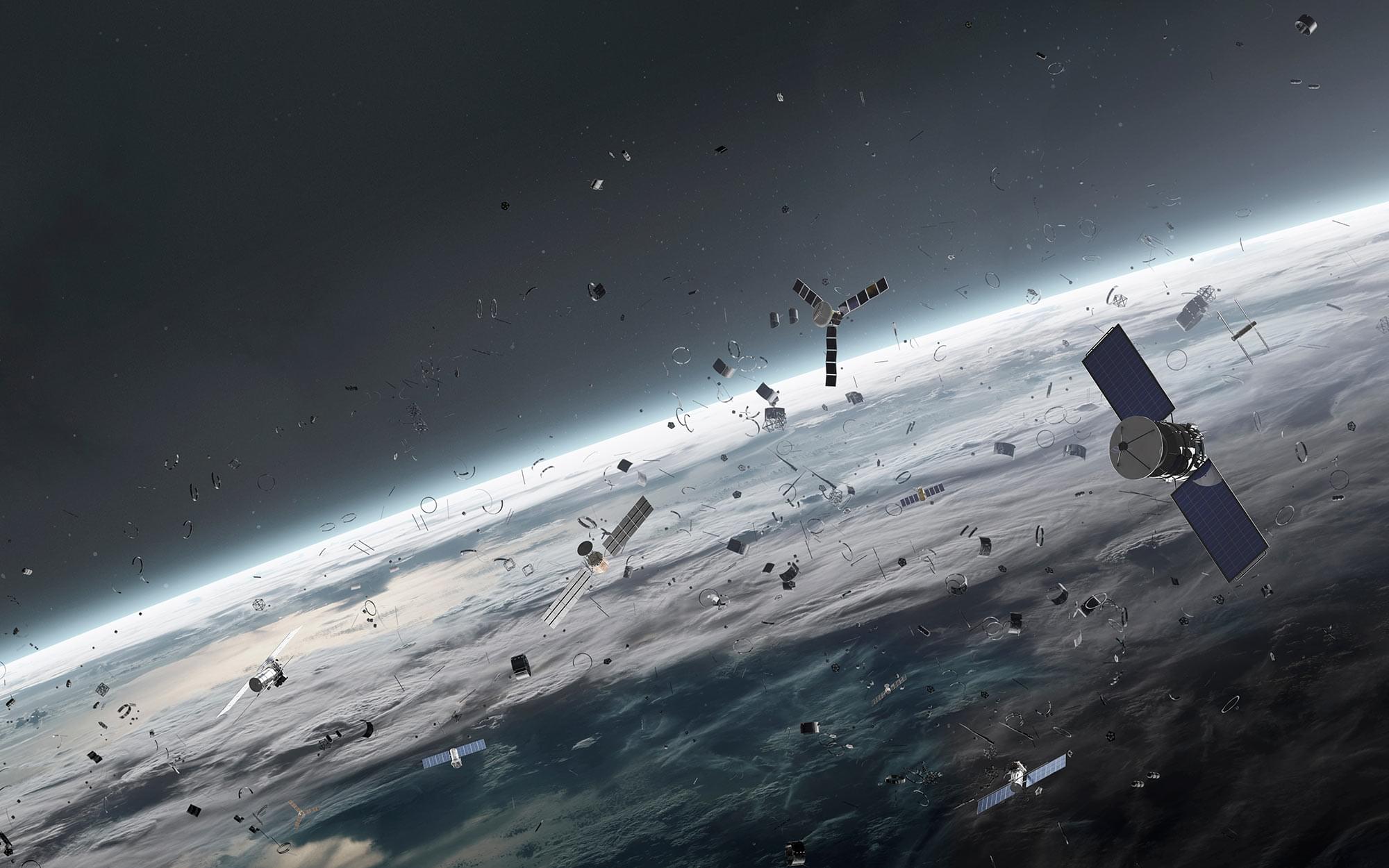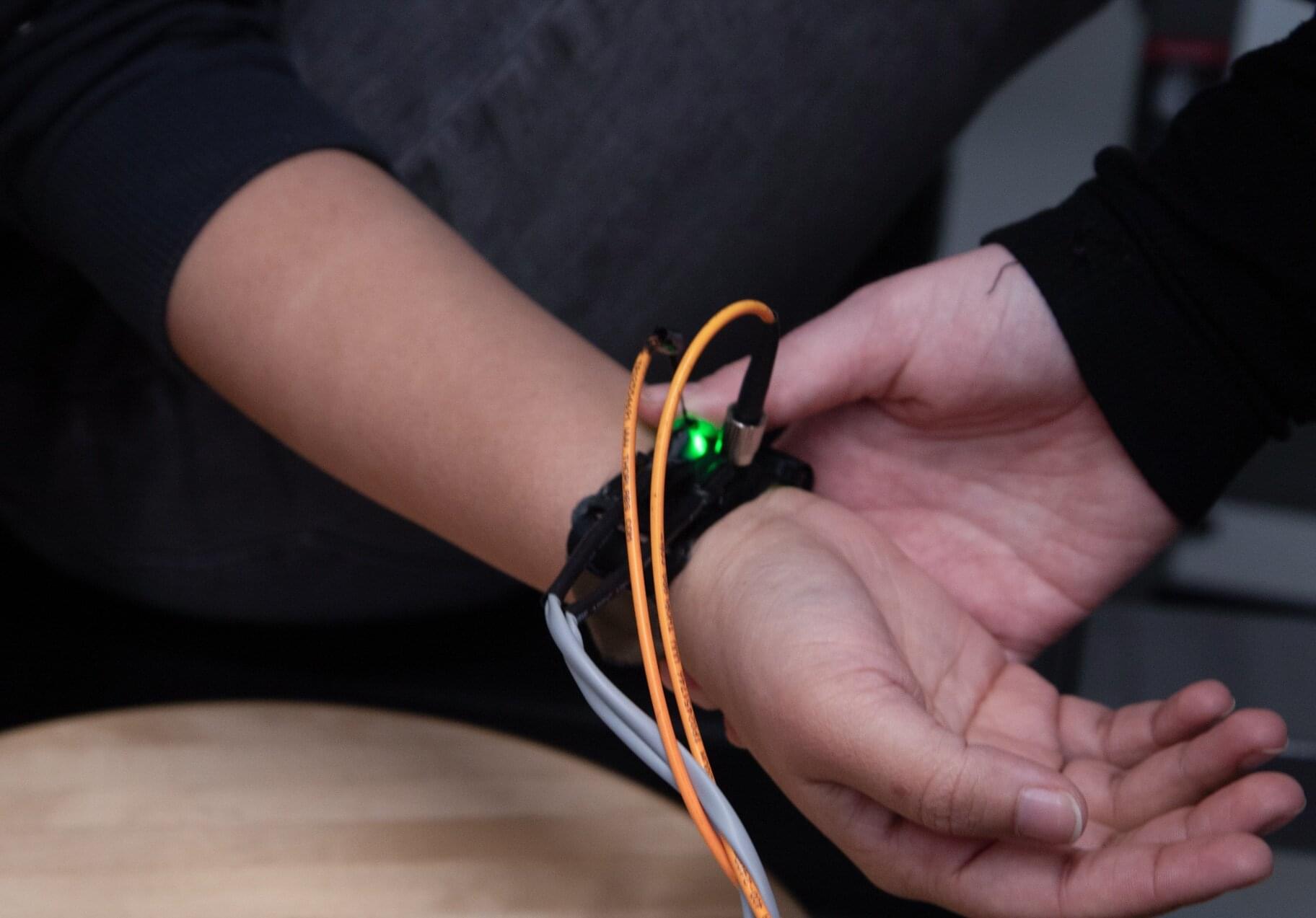Quantum computers still face a major hurdle on their pathway to practical use cases: their limited ability to correct the arising computational errors. To develop truly reliable quantum computers, researchers must be able to simulate quantum computations using conventional computers to verify their correctness—a vital yet extraordinarily difficult task.
Now, in a world-first, researchers from Chalmers University of Technology in Sweden, the University of Milan, the University of Granada, and the University of Tokyo have unveiled a method for simulating specific types of error-corrected quantum computations—a significant leap forward in the quest for robust quantum technologies.
Quantum computers have the potential to solve complex problems that no supercomputer today can handle. In the foreseeable future, quantum technology’s computing power is expected to revolutionize fundamental ways of solving problems in medicine, energy, encryption, AI, and logistics.







